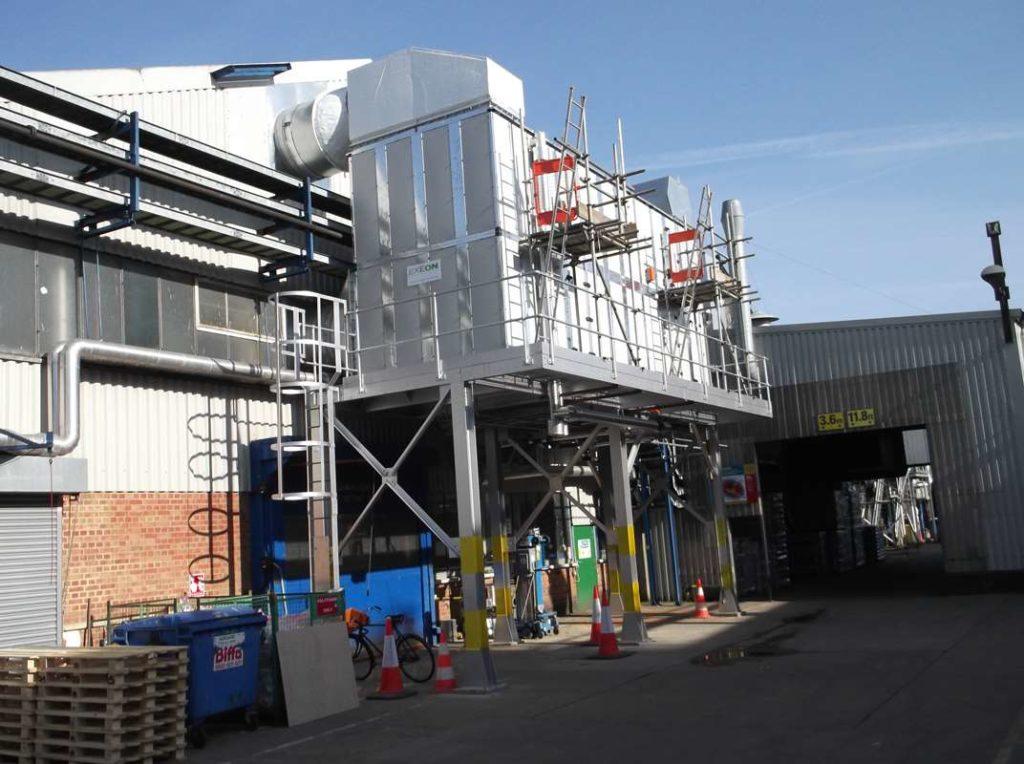Waste Ventilation
Exeon has worked for many years on providing ventilation for waste transfer stations, ERF, WTS, RDF, and similar. Typically, in these sites, there will be a high level of dust, and potentially odour, given off because of the handling of different types of waste, including black bags, food waste, and recyclable waste.
Processes often include utilising excavators to move products around after delivery, shredding, then compacting the product. All of these processes release dust and odour into the atmosphere and without adequate ventilation can easily become insufferable to work in without adequate ventilation. It’s therefore vital to consider the design of any such station so that ventilation can be allowed for and properly installed. Exeon can design and install a dust and odour filtration system to ensure that the contaminated air extracted from the building does not exceed legal discharge levels and that the local environment is satisfied.
What is waste ventilation?
Waste ventilation and extraction systems are designed to improve air quality by providing ‘air changes’. Effectively this is extracting the build-up of contaminated air and providing fresh air loading to improve the air quality. Typically such waste transfer stations will have an air change rate of between 3-4 air changes per hour (ACPH).

Why is waste ventilation needed?
The waste management and recycling industry carry a range of health risks to operators and workers within the working environment. The nature of all types of recycling and waste management will involve handling a range of organic products alongside contaminated materials. As well as the fumes and odour issues caused by materials and products, the heat can also create problems. With a range of production line machinery being involved in the process, such as sorters and separators, industrial shredders and granulators, heat will be emitted constantly causing moisture to develop in the air. This can cause unpleasant smells as well as the rusting of machinery.
Waste transfer stations can be insufferable to work within without adequate ventilation and it is vital to consider the design in any such station to ensure that ventilation is allowed to extract dust, fumes and odours.
Where are waste ventilation systems installed?
Waste ventilation systems are needed across a variety of different sectors. They do a vital job in ensuring that fumes and odours are removed and that the factory or processing plant remains safe and comfortable to work within. Manufacturing settings will regularly need waste ventilation systems, as too will factories and food processing plants. Recycling and waste facilities create high levels of heat, fumes and odours. In fact, there’s a multitude of different contexts within which waste ventilation systems may need to be installed.
How Exeon can help
At Exeon, we’re highly experienced in designing and installing waste ventilation systems for all types of industries and settings. We’re always happy to answer any questions and offer advice. Contact our professional and experienced team to find out more about waste ventilation and what we do.
